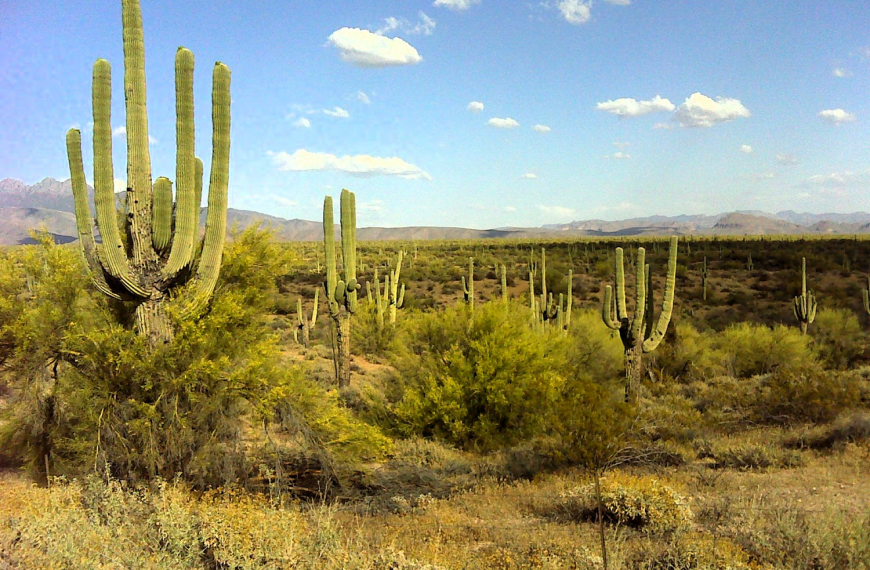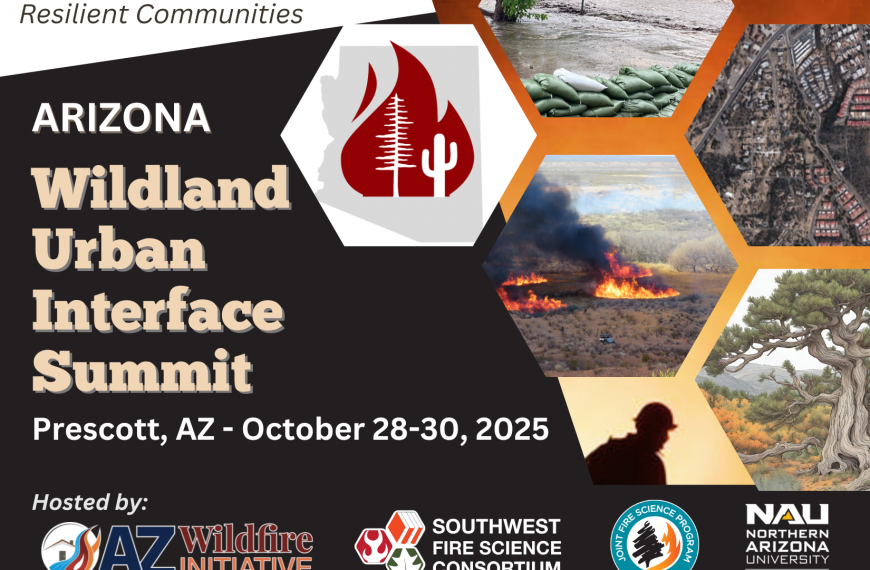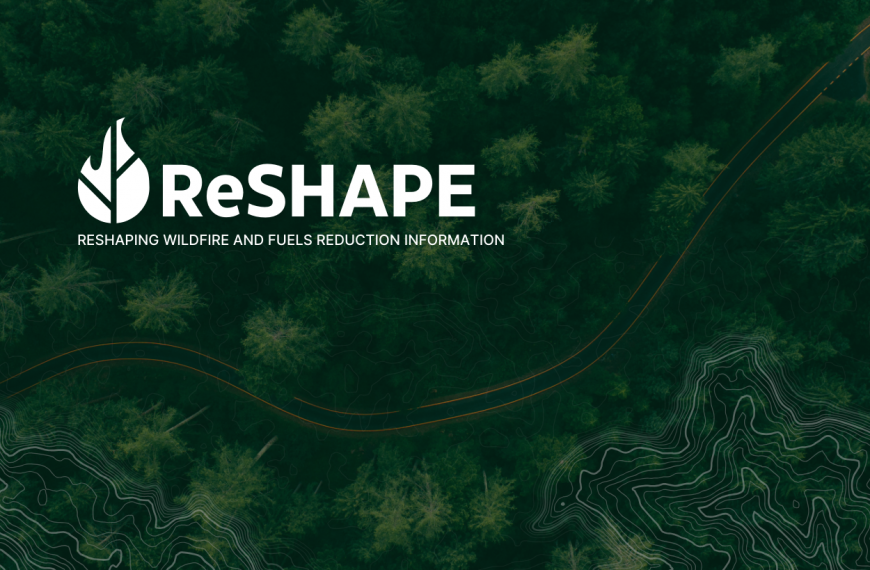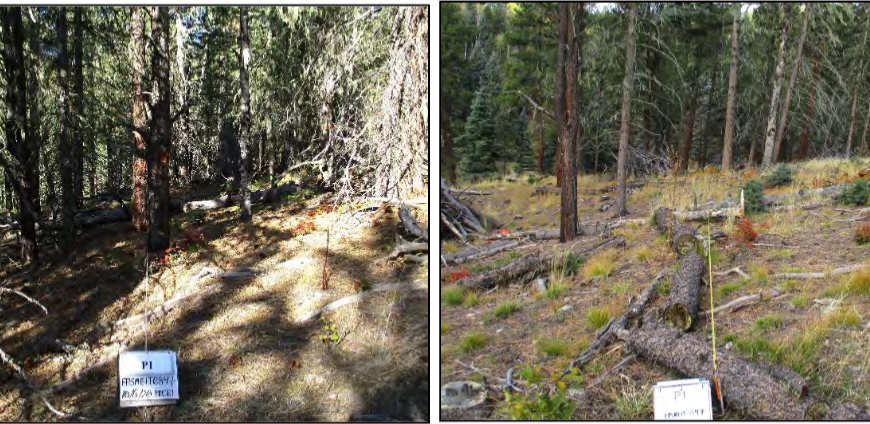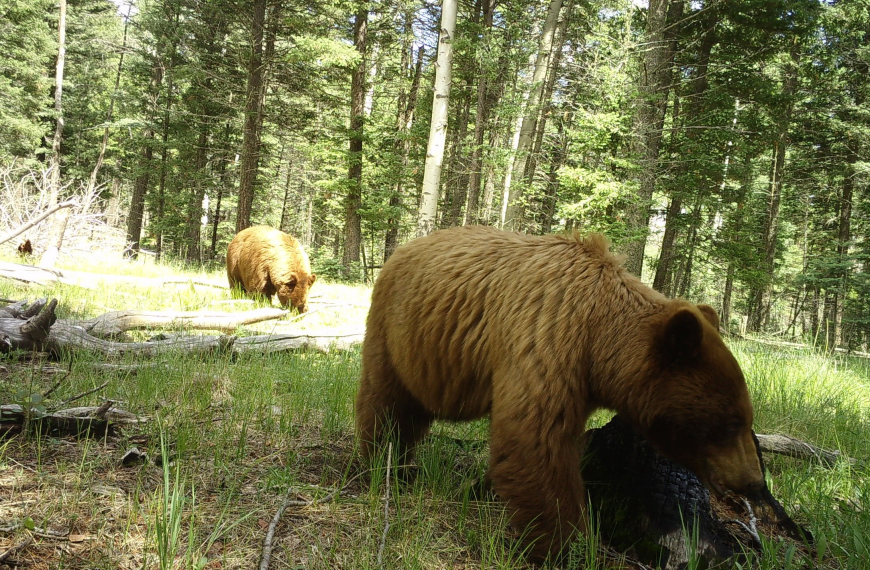Presenter: Kimberly Coleman, University of Vermont
Date: October 5, 2016
This webinar will describe qualitative, case study research that investigated four projects in the Collaborative Forest Landscape Restoration Program (CFLRP) to understand how varying organizational structures impacted collaboration. I selected the four case studies to represent the range of organizational structure present through the CFLRP. To do this, I identified six criteria to gauge the formality of operating procedures: the existence of an appointed facilitator or coordinator who oversees the collaborative, the documented (i.e. written) official decision-making processes, the establishment of a steering or executive committee, specificity of rules for membership, the frequency and regularity of meetings, and the nature of working group structure. I then conducted interviews with project participants, attended collaborative meetings and field days, and collected documents, such as meeting minutes and organizational charters. I qualitatively analyzed these documents, first looking for all emerging themes and patterns. I then analyzed the data a second time, looking specifically for themes and patterns related to trust. Results demonstrate the function of three distinct types of trust, the organizational structures that engendered and eroded those types of trust, and impact those types of trust had on collaboration in the cases I studied. Based on these findings, the webinar will offer recommendations about organizational structure and trust development in collaborative groups. Click here to view a recording of this webinar.

